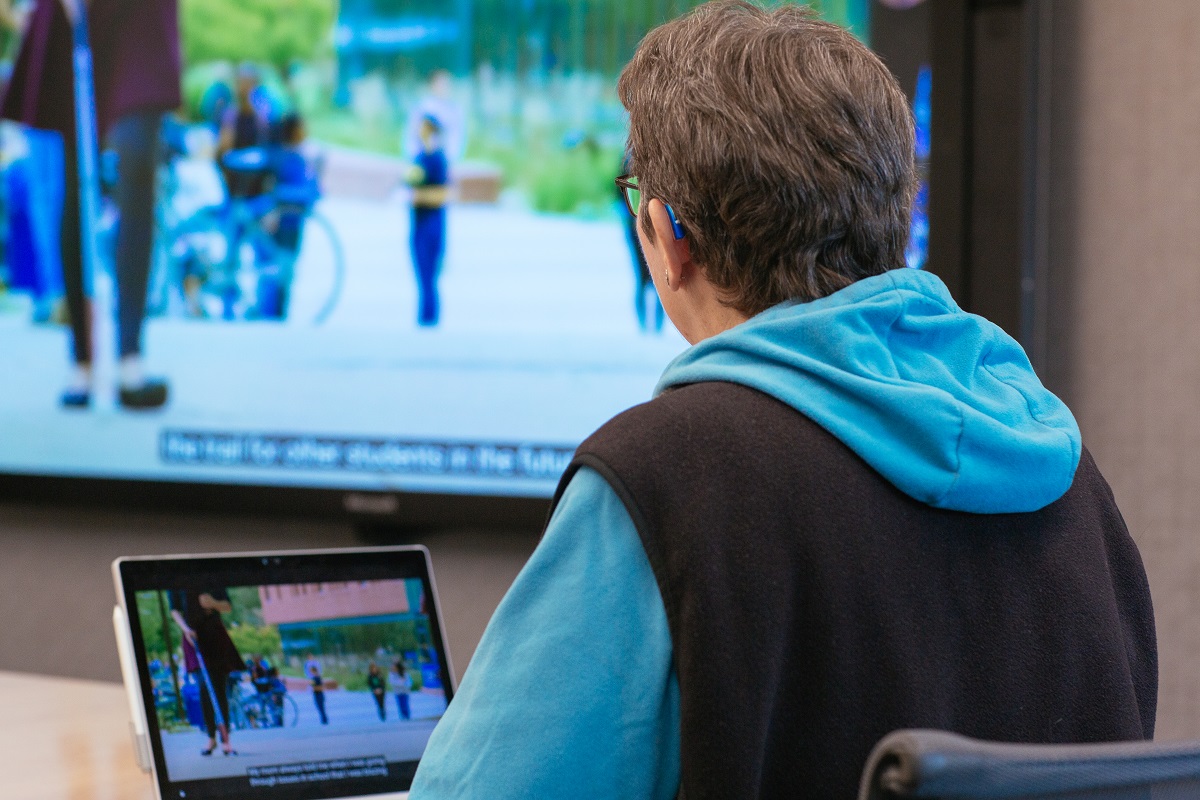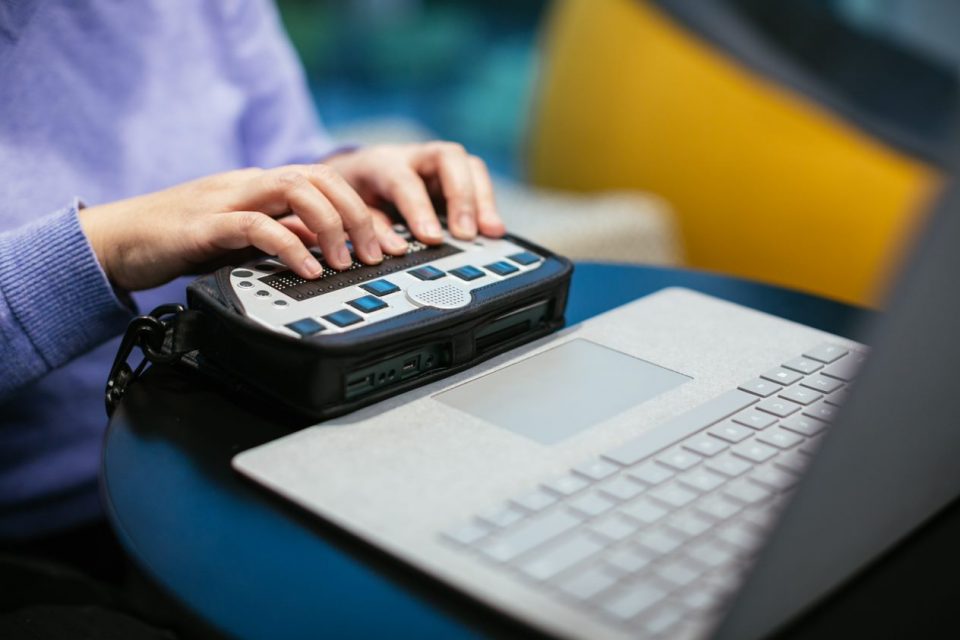Microsoft 13th Ability Summit was held last week, with aim to bring together individuals with disabilities and accessibility advocates to discuss and showcase the latest innovations in accessible technology. The purpose of this annual event is to empower people with disabilities to achieve more through technology and create a more inclusive society.
Accessibility is a fundamental human right. More than one billion people worldwide live with some form of disability, according to the World Health Organization. Yet only 1 in 10 people experiencing some form of disability have access to the assistive technology they need, which means many can’t fully participate in our economies and societies. Microsoft is passionate about creating products that help people with disabilities unlock their full potential. At the 13th Ability Summit, the company presented various features that can assist people in pursuing their own dreams and goals.
Microsoft leaders Satya Nadella, chairman and Chief Executive Officer and Jenny Lay-Flurrie, Chief Accessibility Officer together with 70 accessibility advocates gave their views and perspectives, while more than 20,000 attendees from 137 countries imagine and begin the next steps towards the future of accessible inclusion.

Accessibility at Microsoft spans every aspect of our product portfolio from software to hardware and services like AI and is part of our company culture. This year, Microsoft presented a range of new and exciting accessible technologies, including:
- New adaptive accessories: The company is extending the customizable 3D printed attachments currently available for the Microsoft Business Pen and Microsoft Classroom Pen 2 to our existing Surface Pen later this year. The 3D-printed grips are printed through Shapeways and offer new ways for users with limited mobility to grip and use the pens and support their creativity and productivity on their Surface devices.
- ‘Accessibility Assistant’ in M365: As easy as checking spelling and grammar, the new Microsoft 365 “Accessibility Assistant” is announced, to help creators produce more accessible content. These assistants offer better defaults, real-time remediation and clear guidance to prevent and correct accessibility issues. With the recent addition of accessibility checker in Visual Studio, creating inclusively is now easier for both creators and developers.
- Microsoft Translator: Microsoft Translator has launched 13 new African languages, including Yoruba, Hausa and Igbo. Microsoft Translator now supports speech-to-text capabilities in 125 languages and lets users have real-time multi-language conversations, translate menus and street signs, websites, documents and more, making technology more inclusive for those who are deaf or hard of hearing around the world.
- New Inclusive Design for Cognition Guidebook: Launched a new Inclusive Design for Cognition Guidebook to help build products for people with various cognitive abilities.
- Azure advancements: Two announcements leveraging the Azure platform:
- Seeing AI: Microsoft’s Seeing AI app uses the power of Azure and AI to empower blind and low vision to navigate the world around them. We launched a new Seeing AI collaboration with Haleon and added over 1500 products to the Seeing AI code library. In addition, Seeing AI introduced a new Indoor Navigation feature, allowing someone who is blind or has low vision to independently navigate through a building by following spatial audio cues.
- LinkedIn: Today, more than 40% of LinkedIn posts include at least one image. LinkedIn is adding automatic alt-text descriptions and captioning to their platform leveraging Azure Cognitive Services for vision.
- Windows 11: The company recently shared improvements to Windows 11‘s built-in screen reader, Narrator, to support more Braille displays, including three new Surface displays from HumanWare. Narrator can now interact seamlessly with accessible accessories and the voice access functionality is out of preview, enabling speech navigation access with Microsoft apps throughout Windows 11.
Using AI responsibly
Microsoft is focusing on Responsible AI, with core principles of development specifically focused on accessibility and disability inclusion – build accessibly, include disability representative data and innovate. These principles and Responsible AI work in concert to accelerate accessibility.
Increasing representative data is also crucial to this process. Last year, Microsoft announced the Speech Accessibility Project, a cross-industry partnership with the University of Illinois, Amazon, Apple, Google, Meta and Microsoft to create the diverse speech data needed to make voice recognition technology more inclusive and useful for people with a range of diverse speech patterns.
At Ability Summit, possibilities with the new AI-powered Microsoft Bing had been presented. From planning an accessible trip to making writing accessible code easier, we are just at the beginning of the possibilities of what AI can offer and we are listening and learning as we move forward.
These are just a few examples of how, by working together across these pillars, we can increase awareness and usage of accessible technology, expand skilling and hiring opportunities, and advocate for policies that advance accessibility as a fundamental right.
Read more here:
Ability Summit | Home (microsoft.com)
Accessibility as a priority and responsibility – CEE Multi-Country News Center (microsoft.com)





